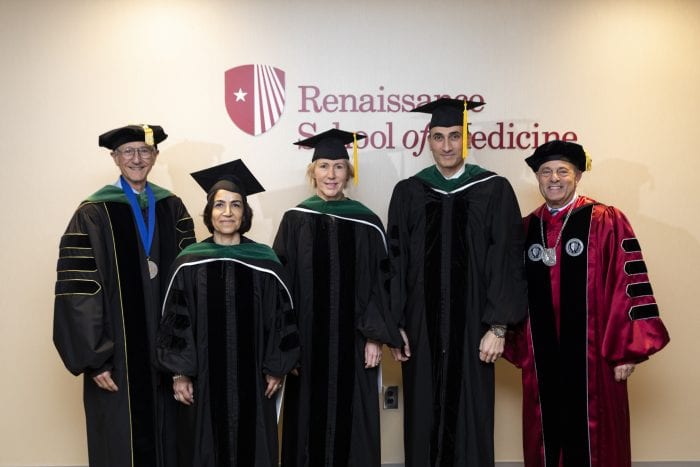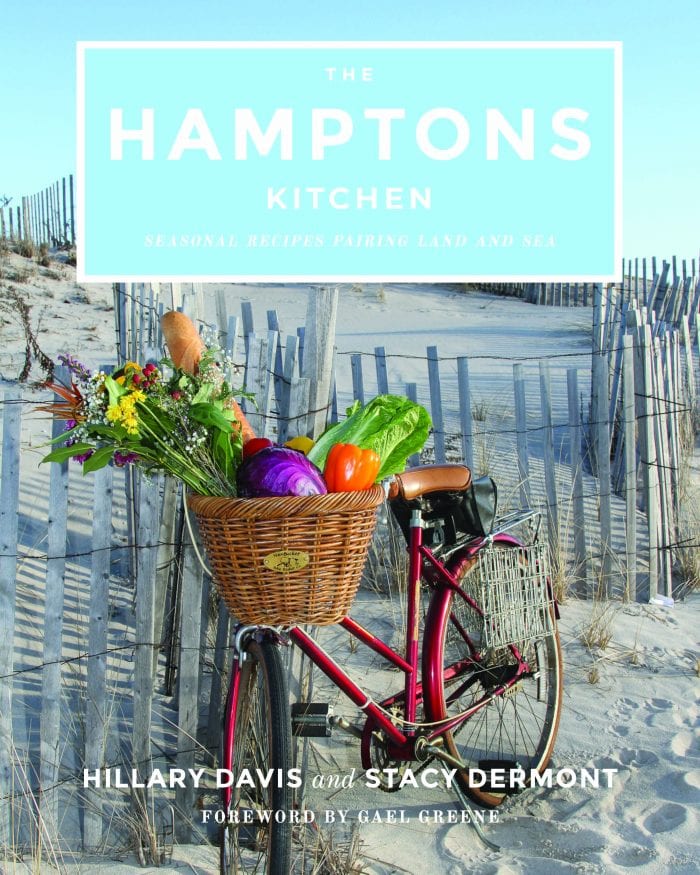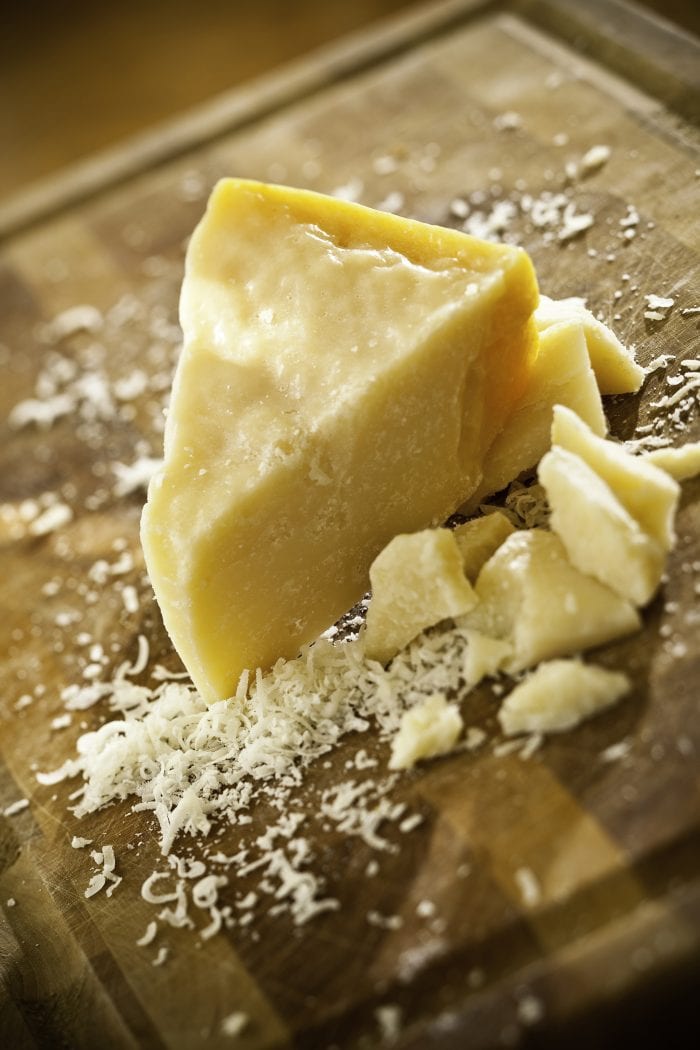By Barbara Beltrami
I never thought I’d be living through a time of pandemic virus and quarantines. In light of that, writing about food seems rather frivolous. Or does it? After all, we still have to eat and build our resistance, and we have to eat well.
With cabin fever, boredom and fear occupying our very existence, there seem to be very few pleasures left to us. So why not turn to food, the comfort that never quits. If your pantry, fridge and freezer are well stocked, and I hope they are, it’s a good time to take to the stove and oven and revitalize your cooking and baking skills, your appetite and your spirits.
This is a time for comfort food. Make some soups and freeze them; skim off some broth for future use (just in case). Use up leftovers in casseroles and stews; revert to the habits of our ancestors who wasted nothing. Bake a batch of cookies or brownies and whip up some soothing puddings and custards. Clean out the pantry, fridge and freezer to make room for new additions. Use long forgotten items, if they’re still okay, as the inspiration for creative concoctions.
Here are two recipes for the ultimate in comfort food, Roast Chicken and Pot Roast.
Roast Chicken

YIELD: Makes 4 servings.
INGREDIENTS:
One 3 to 4 pound chicken, trimmed of excess fat, rinsed and patted dry
Coarse salt and freshly ground black pepper to taste
1/4 cup olive oil
2 tablespoons chopped fresh herbs
DIRECTIONS:
Preheat oven to 475 F. Remove innards and rub inside cavity generously with salt and pepper. Place chicken, breast side down, on a rack in a roasting pan and roast for 20 minutes. In a small bowl, whisk together oil, herbs (sage, rosemary and parsley work well) and salt and pepper. Drizzle half the oil mixture over chicken, then turn so breast side is up and drizzle remaining mixture over it.
Roast until breast starts to brown, about 8 to 10 minutes, then reduce heat to 325 F. Baste with pan juices and roast until an instant-read thermometer inserted into the thickest part of the thigh reads 160 to 165 F, about 50 to 60 minutes.
When chicken is ready, tip pan so juices run from cavity into pan, remove bird to platter or cutting board and let rest for 5 minutes. Meanwhile, transfer juices to small saucepan and skim off as much fat from juices as possible. Reheat juice and pour over carved chicken. Serve hot or warm with rice or potatoes and a salad or green veggie. (Reserve carcass for chicken soup.)
Pot Roast
YIELD: Makes 6 to 8 servings.
INGREDIENTS:
One 3 1/2 to 4 pound beef brisket
Salt and freshly ground black pepper to taste
1/4 cup oil
4 smashed garlic cloves
2 medium onions, coarsely chopped
6 carrots , peeled and cut into large chunks
2 celery ribs, cut into quarters
1 bay leaf
2 cups dry red wine
3 cups beef or vegetable broth
One 14 ounce can whole plum tomatoes, coarsely chopped with their juice
DIRECTIONS:
Preheat oven to 325 F. In a large Dutch oven heat the oil over medium-high heat. Season the brisket with salt and pepper and add it to the pot, fat side down. Cook until dark brown, about 5 minutes; turn and cook 5 more minutes. Remove and set aside. Add the garlic, onions, carrots, celery and bay leaf, and cook over medium heat, stirring occasionally, until onions are transparent and start to brown, about 10 minutes.
Return brisket to pot, add wine, broth and tomatoes, cover and place in oven. Cook, turning once, for 3 hours. Remove brisket, remove celery and bay leaf from pot and discard. Mash vegetables in pot, then over medium-high heat, cook veggies and liquid until reduced and somewhat thickened, about 10 minutes. Return brisket to pot; over medium-low heat, cook in liquid until heated through, about 10 minutes. Remove brisket from pot, slice, place on platter and smother with liquid. Serve immediately with noodles or mashed potatoes and a green vegetable.

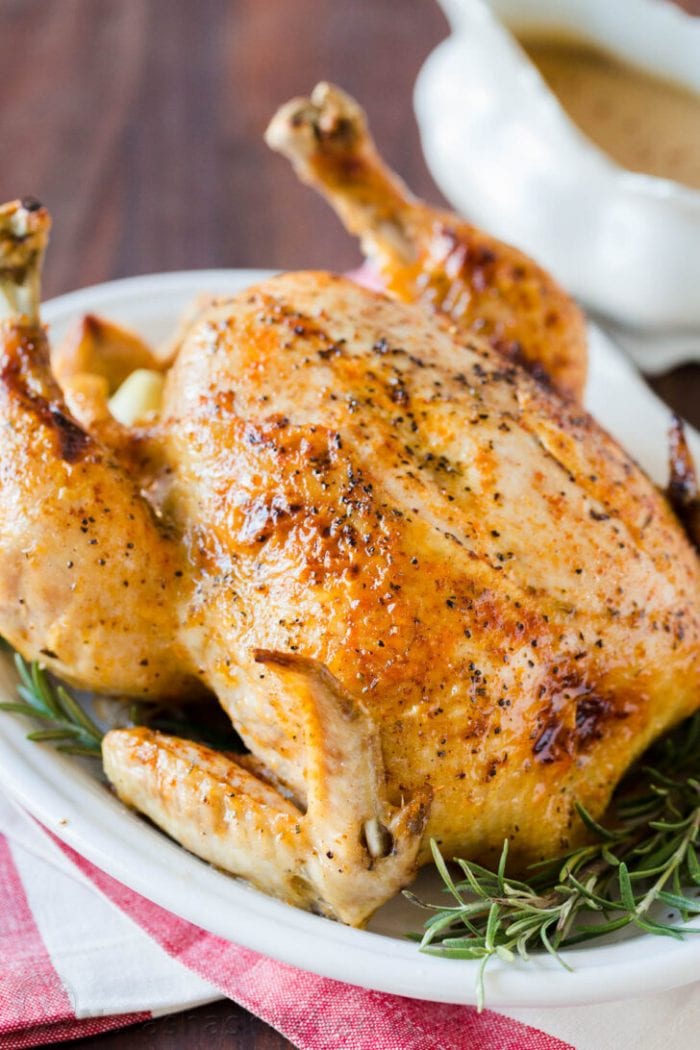

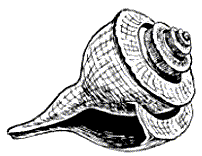 A resident of Setauket, John Turner is conservation chair of the Four Harbors Audubon Society, author of “Exploring the Other Island: A Seasonal Nature Guide to Long Island” and president of Alula Birding & Natural History Tours.
A resident of Setauket, John Turner is conservation chair of the Four Harbors Audubon Society, author of “Exploring the Other Island: A Seasonal Nature Guide to Long Island” and president of Alula Birding & Natural History Tours.